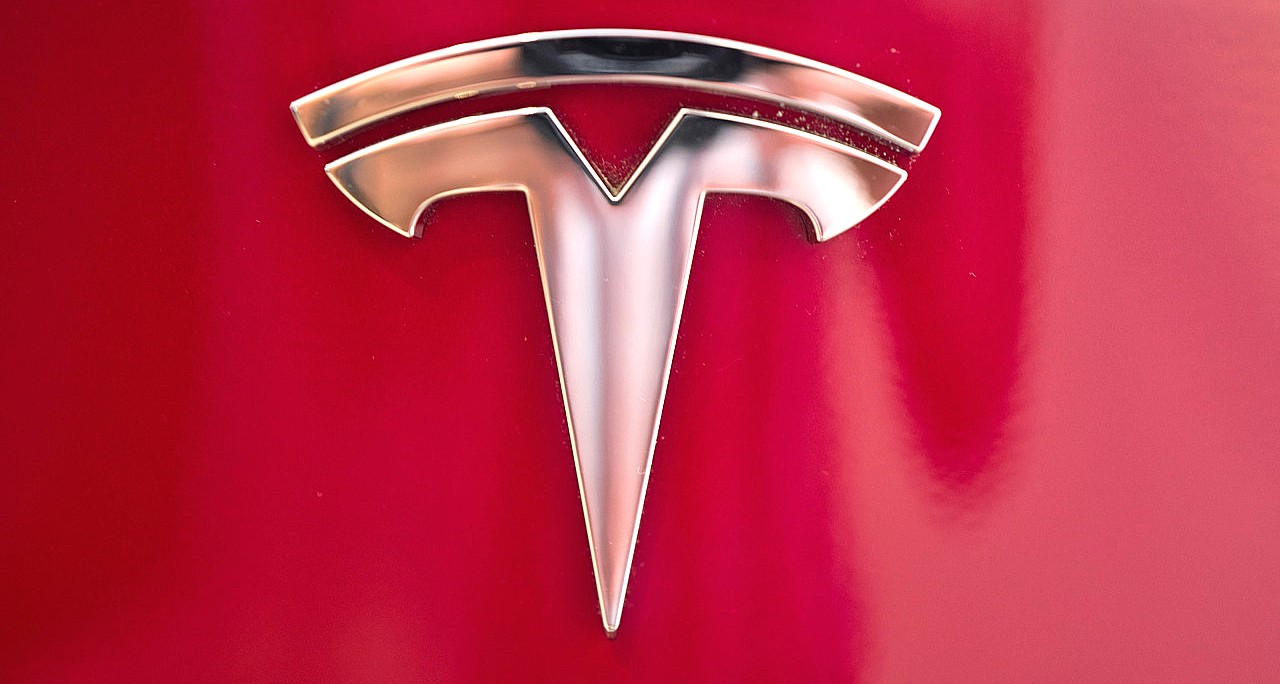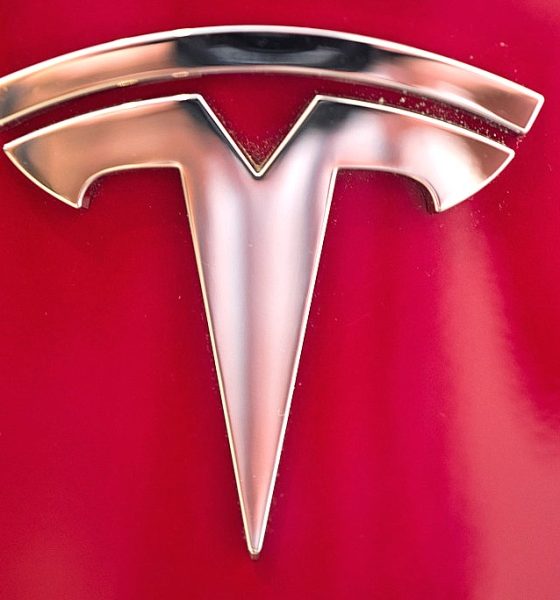Tesla is suing the State of Louisiana over a law that restricts its ability to sell EVs directly to customers which violate its constitutional rights, The Wall Street Journal reported. Tesla is also fighting for the freedom of not just me but all Louisiana consumers. Currently, we have one service center in New Orleans and it almost got shut down.
Last year, the Louisiana Motor Vehicle Commission, appointed by Governor John Bel Edwards, was trying to stop Tesla from providing warranty repairs at the New Orleans service center which would have forced Louisianans to travel out of state for warranty service. This also would have led to the shutdown of Tesla’s only service center in our state.
Today, it was announced that Tesla is suing the Louisiana Automobile Dealers Association, multiple officials on the Louisiana Motor Vehicle Commission, and some dealerships in the state for conspiring to bring our current laws and regulations into place. According to Tesla,
“Louisiana consumers’ freedom is being unduly restricted by protectionist, anti-competitive, and inefficient state regulation and laws.”
@elonmusk, anything I can do to help? I flew to New Jersey and San Diego to pick up both of my Tesla. The drive back was so worth it, but most people would not want to travel to pick up a car.
— Price Sicard (@ThePriceSicard) August 29, 2022
A friend of mine from Louisiana who is also active in the Tesla Twitter community, Price Sicard, had to fly to New Jersey to pick up his Tesla. He later flew to San Diego to pick up another Tesla and he drove back both times.
“The drive back was so worth it but most people would not want to travel to pick up a car,” Price said.
He also told me that he learned the hard way that buying a Tesla in California was different from purchasing a car.
“I paid sales tax on the Tesla in California and Louisiana. It wasn’t as much in Louisiana. But I did pay more in taxes.”
My 2.5¢
Naturally, I have some thoughts about this. These laws hurt consumers. You shouldn’t have to pay sales tax twice on a new car.
As a Louisiana resident, I can tell you that some of our laws are just nuts. And although I don’t drive, I do want to learn and eventually own a Tesla someday. However, our state leaders really don’t care about the ‘little people’ as they say.
Although it’s unrelated, I want to point out that what is happening to the residents of New Orleans as a result of politics. It shows the mentality of our state’s leaders.
The Louisiana State Bond Commission has voted twice to delay the approval of a $39 million line of credit that would pay for New Orleans to run its drainage pumps and protect its residents from flooding. This funding is critical. However, our state leaders are so pro-life that they are fine with residents being flooded out of their homes.
Even though it was the city’s officials and not the over 300,000 residents who made that choice, Louisiana is punishing its people for the choices that they had no control over. If our state leaders are willing to do this to their own people, then they will fight Tesla to keep it from selling EVs to its consumers directly.
Whether or not you’re for or against abortion isn’t the issue here. The issue is there are innocent people are vulnerable to flooding which happens often. It’s rained almost every day here since July and I’ve lost power 3 or 4 times due to the summer storms.
And if another hurricane like Ida comes along, it would be bad for those who can’t evacuate.
Again, these two topics are unrelated but I just wanted to emphasize the mentality of our state’s leaders. And I really hope that Tesla wins. Tesla has customers here in Louisiana who would love to not have to deal with the hassles that these backward laws bring.
Note: Johnna is a Tesla shareholder and supports its mission.
Your feedback is important. If you have any comments, or concerns, or see a typo, you can email me at johnna@teslarati.com. You can also reach me on Twitter @JohnnaCrider1

Elon Musk
Elon Musk and Tesla AI Director share insights after empty driver seat Robotaxi rides
The executives’ unoccupied tests hint at the rapid progress of Tesla’s unsupervised Robotaxi efforts.

Tesla CEO Elon Musk and AI Director Ashok Elluswamy celebrated Christmas Eve by sharing personal experiences with Robotaxi vehicles that had no safety monitor or occupant in the driver’s seat. Musk described the system’s “perfect driving” around Austin, while Elluswamy posted video from the back seat, calling it “an amazing experience.”
The executives’ unoccupied tests hint at the rapid progress of Tesla’s unsupervised Robotaxi efforts.
Elon and Ashok’s firsthand Robotaxi insights
Prior to Musk and the Tesla AI Director’s posts, sightings of unmanned Teslas navigating public roads were widely shared on social media. One such vehicle was spotted in Austin, Texas, which Elon Musk acknowleged by stating that “Testing is underway with no occupants in the car.”
Based on his Christmas Eve post, Musk seemed to have tested an unmanned Tesla himself. “A Tesla with no safety monitor in the car and me sitting in the passenger seat took me all around Austin on Sunday with perfect driving,” Musk wrote in his post.
Elluswamy responded with a 2-minute video showing himself in the rear of an unmanned Tesla. The video featured the vehicle’s empty front seats, as well as its smooth handling through real-world traffic. He captioned his video with the words, “It’s an amazing experience!”
Towards Unsupervised operations
During an xAI Hackathon earlier this month, Elon Musk mentioned that Tesla owed be removing Safety Monitors from its Robotaxis in Austin in just three weeks. “Unsupervised is pretty much solved at this point. So there will be Tesla Robotaxis operating in Austin with no one in them. Not even anyone in the passenger seat in about three weeks,” he said. Musk echoed similar estimates at the 2025 Annual Shareholder Meeting and the Q3 2025 earnings call.
Considering the insights that were posted Musk and Elluswamy, it does appear that Tesla is working hard towards operating its Robotaxis with no safety monitors. This is quite impressive considering that the service was launched just earlier this year.
Elon Musk
Starlink passes 9 million active customers just weeks after hitting 8 million
The milestone highlights the accelerating growth of Starlink, which has now been adding over 20,000 new users per day.

SpaceX’s Starlink satellite internet service has continued its rapid global expansion, surpassing 9 million active customers just weeks after crossing the 8 million mark.
The milestone highlights the accelerating growth of Starlink, which has now been adding over 20,000 new users per day.
9 million customers
In a post on X, SpaceX stated that Starlink now serves over 9 million active users across 155 countries, territories, and markets. The company reached 8 million customers in early November, meaning it added roughly 1 million subscribers in under seven weeks, or about 21,275 new users on average per day.
“Starlink is connecting more than 9M active customers with high-speed internet across 155 countries, territories, and many other markets,” Starlink wrote in a post on its official X account. SpaceX President Gwynne Shotwell also celebrated the milestone on X. “A huge thank you to all of our customers and congrats to the Starlink team for such an incredible product,” she wrote.
That growth rate reflects both rising demand for broadband in underserved regions and Starlink’s expanding satellite constellation, which now includes more than 9,000 low-Earth-orbit satellites designed to deliver high-speed, low-latency internet worldwide.
Starlink’s momentum
Starlink’s momentum has been building up. SpaceX reported 4.6 million Starlink customers in December 2024, followed by 7 million by August 2025, and 8 million customers in November. Independent data also suggests Starlink usage is rising sharply, with Cloudflare reporting that global web traffic from Starlink users more than doubled in 2025, as noted in an Insider report.
Starlink’s momentum is increasingly tied to SpaceX’s broader financial outlook. Elon Musk has said the satellite network is “by far” the company’s largest revenue driver, and reports suggest SpaceX may be positioning itself for an initial public offering as soon as next year, with valuations estimated as high as $1.5 trillion. Musk has also suggested in the past that Starlink could have its own IPO in the future.
News
NVIDIA Director of Robotics: Tesla FSD v14 is the first AI to pass the “Physical Turing Test”
After testing FSD v14, Fan stated that his experience with FSD felt magical at first, but it soon started to feel like a routine.

NVIDIA Director of Robotics Jim Fan has praised Tesla’s Full Self-Driving (Supervised) v14 as the first AI to pass what he described as a “Physical Turing Test.”
After testing FSD v14, Fan stated that his experience with FSD felt magical at first, but it soon started to feel like a routine. And just like smartphones today, removing it now would “actively hurt.”
Jim Fan’s hands-on FSD v14 impressions
Fan, a leading researcher in embodied AI who is currently solving Physical AI at NVIDIA and spearheading the company’s Project GR00T initiative, noted that he actually was late to the Tesla game. He was, however, one of the first to try out FSD v14.
“I was very late to own a Tesla but among the earliest to try out FSD v14. It’s perhaps the first time I experience an AI that passes the Physical Turing Test: after a long day at work, you press a button, lay back, and couldn’t tell if a neural net or a human drove you home,” Fan wrote in a post on X.
Fan added: “Despite knowing exactly how robot learning works, I still find it magical watching the steering wheel turn by itself. First it feels surreal, next it becomes routine. Then, like the smartphone, taking it away actively hurts. This is how humanity gets rewired and glued to god-like technologies.”
The Physical Turing Test
The original Turing Test was conceived by Alan Turing in 1950, and it was aimed at determining if a machine could exhibit behavior that is equivalent to or indistinguishable from a human. By focusing on text-based conversations, the original Turing Test set a high bar for natural language processing and machine learning.
This test has been passed by today’s large language models. However, the capability to converse in a humanlike manner is a completely different challenge from performing real-world problem-solving or physical interactions. Thus, Fan introduced the Physical Turing Test, which challenges AI systems to demonstrate intelligence through physical actions.
Based on Fan’s comments, Tesla has demonstrated these intelligent physical actions with FSD v14. Elon Musk agreed with the NVIDIA executive, stating in a post on X that with FSD v14, “you can sense the sentience maturing.” Musk also praised Tesla AI, calling it the best “real-world AI” today.










